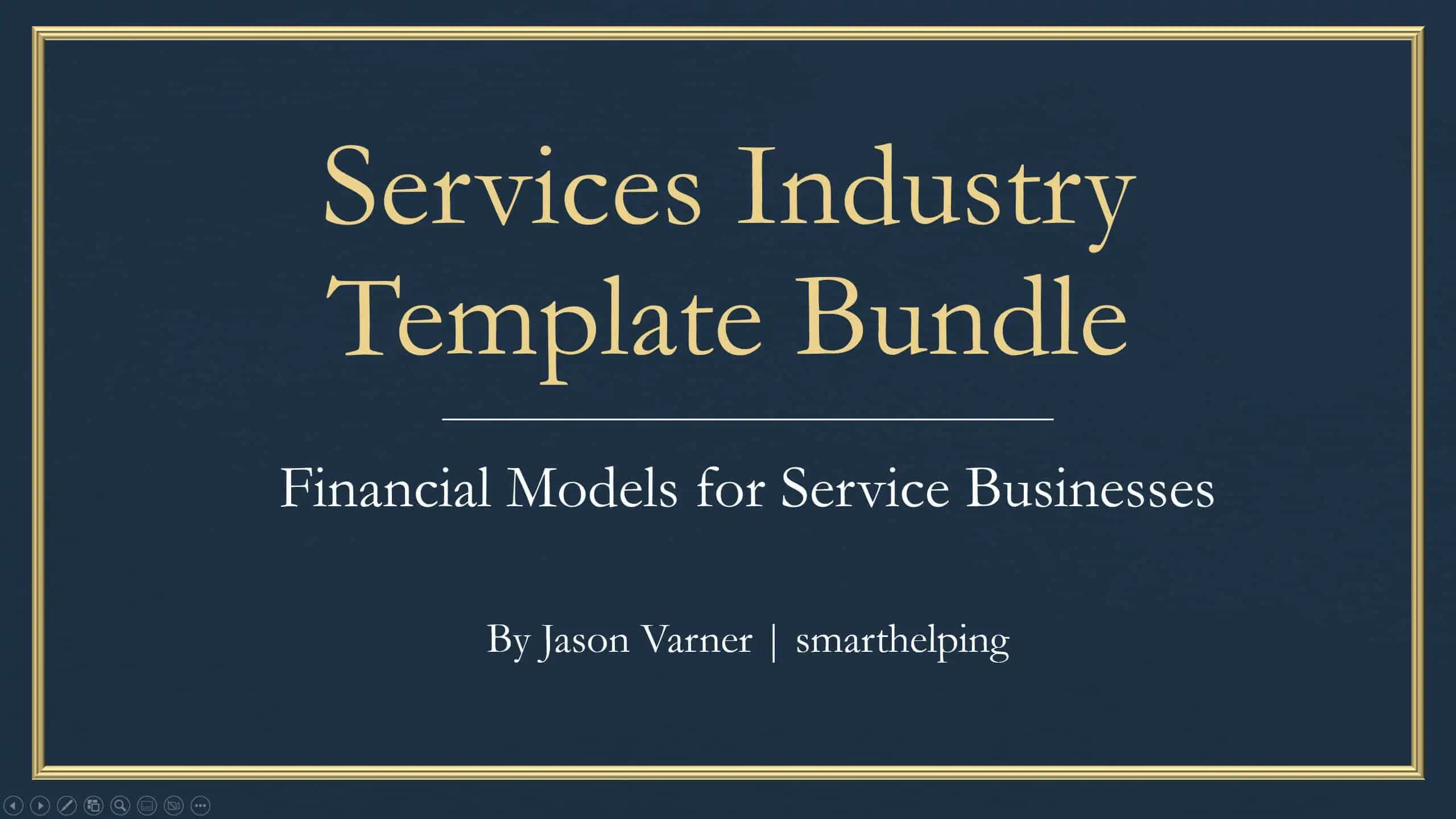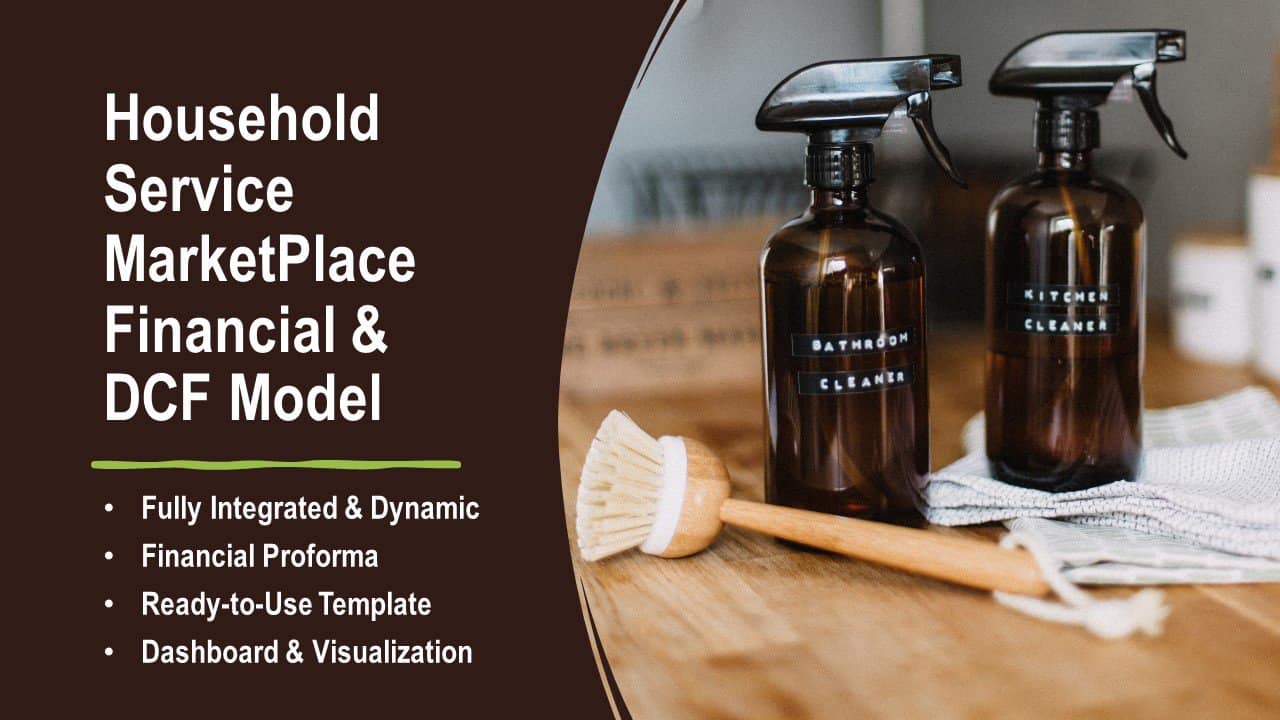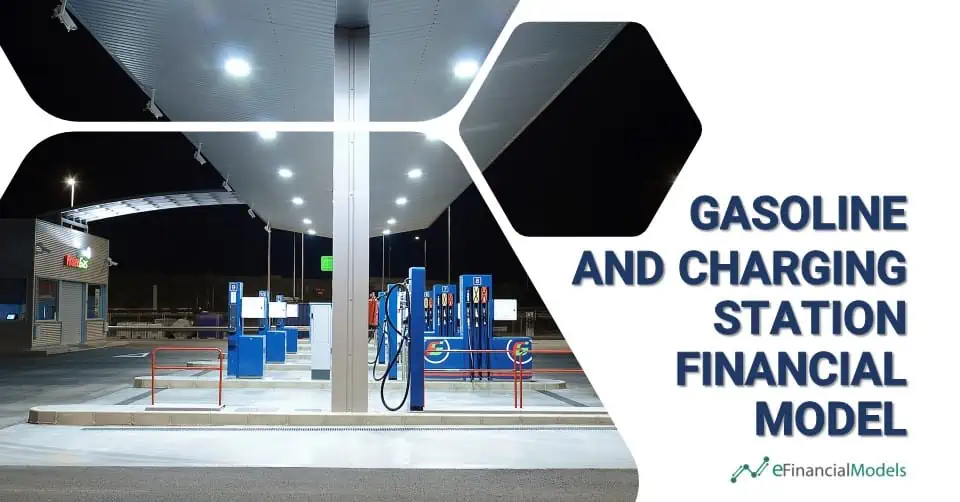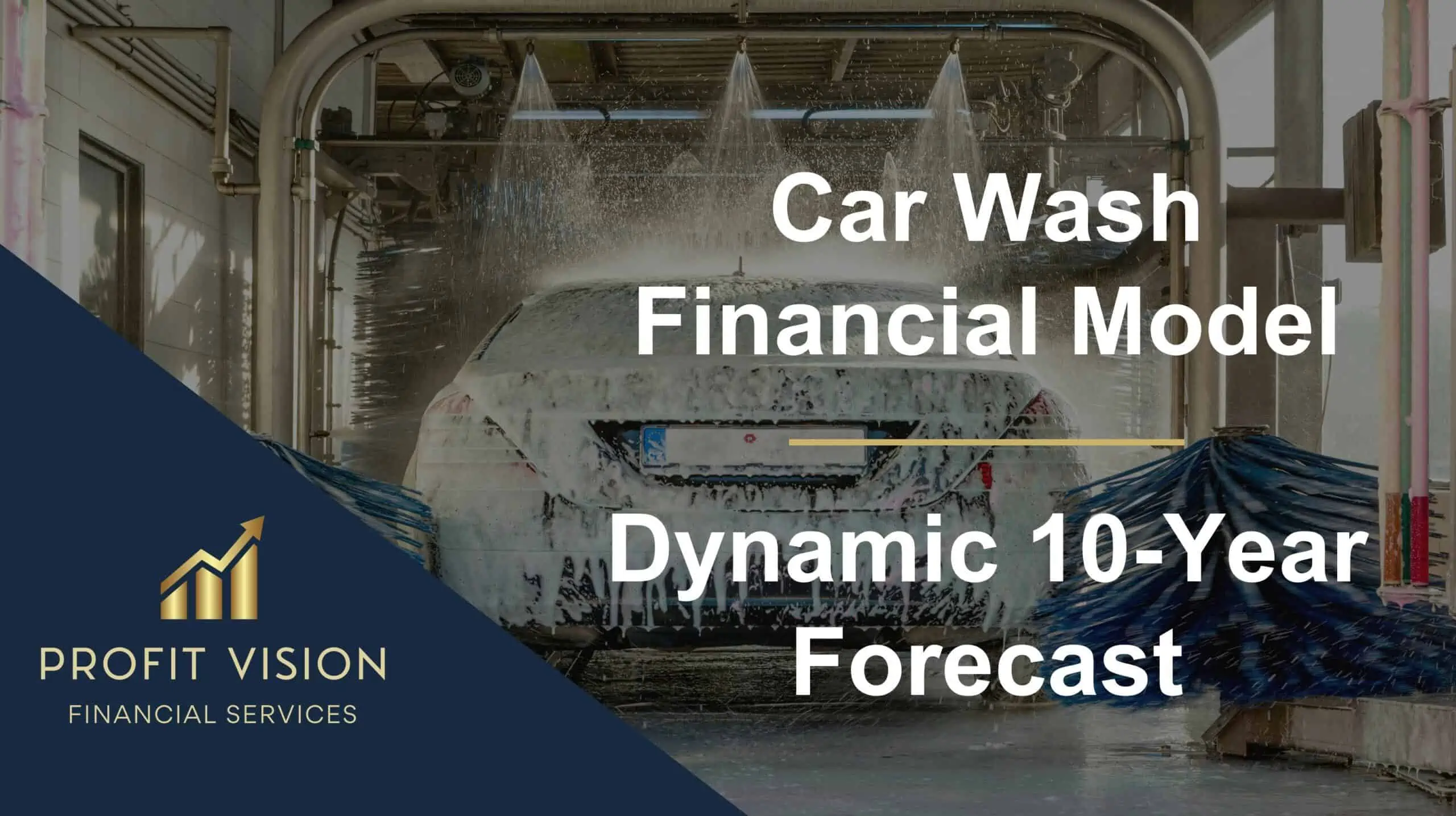Plumbing Business Financial Model: Up to 10 Years
Bottom-up assumptions for creating up to a 10 year pro forma and DCF Analysis for a plumbing business. Includes three statement model and cap table.

Video Overview:
I was researching the basic mechanics of how plumbing businesses make money, and it turns out there are some neat configurations that were unique and fun to build. These bottom-up assumptions drive the financial forecast of a plumbing business startup / ongoing operation / potential exit are very elegant. It also would work pretty perfectly with an electrician business.
The template was built to manage scale and configure the unit’s economics specific to this service business. You could easily model a situation where there are 1,000s of plumbers / trucks, and the growth rates will depend on each assumption category.
Revenue Assumptions:
– Up to three service tier configurations
– Each configuration represents a different level of service (summary of each is in the file along with source references)
For each service tier, the following is defined:
– Start Month
– Starting Job Count/mo.
– Monthly Growth of Job Count
– Average Ticket Value (charged to customer)
– Average Hours Required per Job
– Average Jobs per Month per Plumber
As the above assumptions are configured, there is an automatic sanity check to ensure the inputs are feasible and defensible. You will see the per year
– Annual Jobs Completed
– Average Hours per Plumber per Month
– Monthly Earnings per Plumber
– Total Plumber Count/Truck Count
– Average Hours per Day per Plumber (per defined working days in a month)
Expense Assumptions:
– Plumber Wages (differentiated by service tier)
– Payroll Taxes / Benefits (differentiated by service tier)
Variable Costs per Service Tier
– Parts / Materials required per job
– Truck maintenance
– Insurance per Truck
– General ‘other’ costs per plumber per month
Fixed Costs
– Define a range of general and administrative costs / sales and marketing costs per start month, monthly cost per month, and description (32 slots each)
There is also a schedule for fixed asset purchases (i.e. trucks mainly) and one-time other startup costs, terminal value based on EBITDA multiple, and inventory levers for how often purchases happen.
The model solves for the minimum equity investment required to keep cash above $0, and there is an option to finance some of those costs with a traditional loan (SBA or otherwise).
Output Reports:
– Monthly and Annual pro forma detail
– Monthly and Annual Financial Statements (Income Statement, Balance Sheet, Cash Flow Statement)
– Annual Executive Summary
– Cap Table (detailed)
– Lots of visualizations
– DCF Analysis (project level, investor pool, owner pool)
– IRR, Equity Multiple, ROI, NPV for each pool and in aggregate
Similar Products
Other customers were also interested in...
Laundromat Financial Model – 10 Year
This template allows the user to produce financial statements based on assumptions specific to the l... Read more
Cleaning Service Pro Forma Template (Commercial / ...
A pro forma template for any home service or general service business. Includes bottom up assumption... Read more
Services Industry Financial Model Bundle
Bundle of financial model templates for Service Industry businesses and its related sectors such as ... Read more
Household Service Marketplace Financial and DCF Va...
A complete and fully dynamic financial and DCF valuation model for a household service marketplace b... Read more
Gasoline and Charging Station Financial Model
Investors can assess the viability of setting up and investing in gasoline stations with a charging ... Read more
Car Wash Financial Model – Dynamic 10 Year B...
Financial Model providing a dynamic up to 10-year financial forecast for a startup or existing Car W... Read more
Dry Cleaning & Laundry Business – Dynamic 1...
Financial Model providing a dynamic up to 10-year financial forecast for a startup or existing Dry C... Read more
Car Wash Development Model
The Car Wash Development model projects annual future cash flows from a car wash facility from the p... Read more
Cleaning Business – 5 Year Financial Model
A Cleaning Business operates through one-time cleaning services and cleaning service contracts betwe... Read more
Dry Cleaning Financial Model and Budget Control Te...
The financial model for a dry cleaner is designed to help owners and investors in the industry make ... Read more
You must log in to submit a review.


























